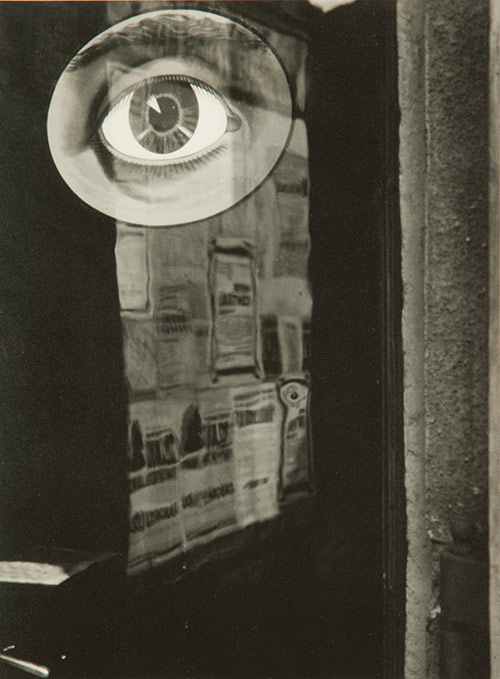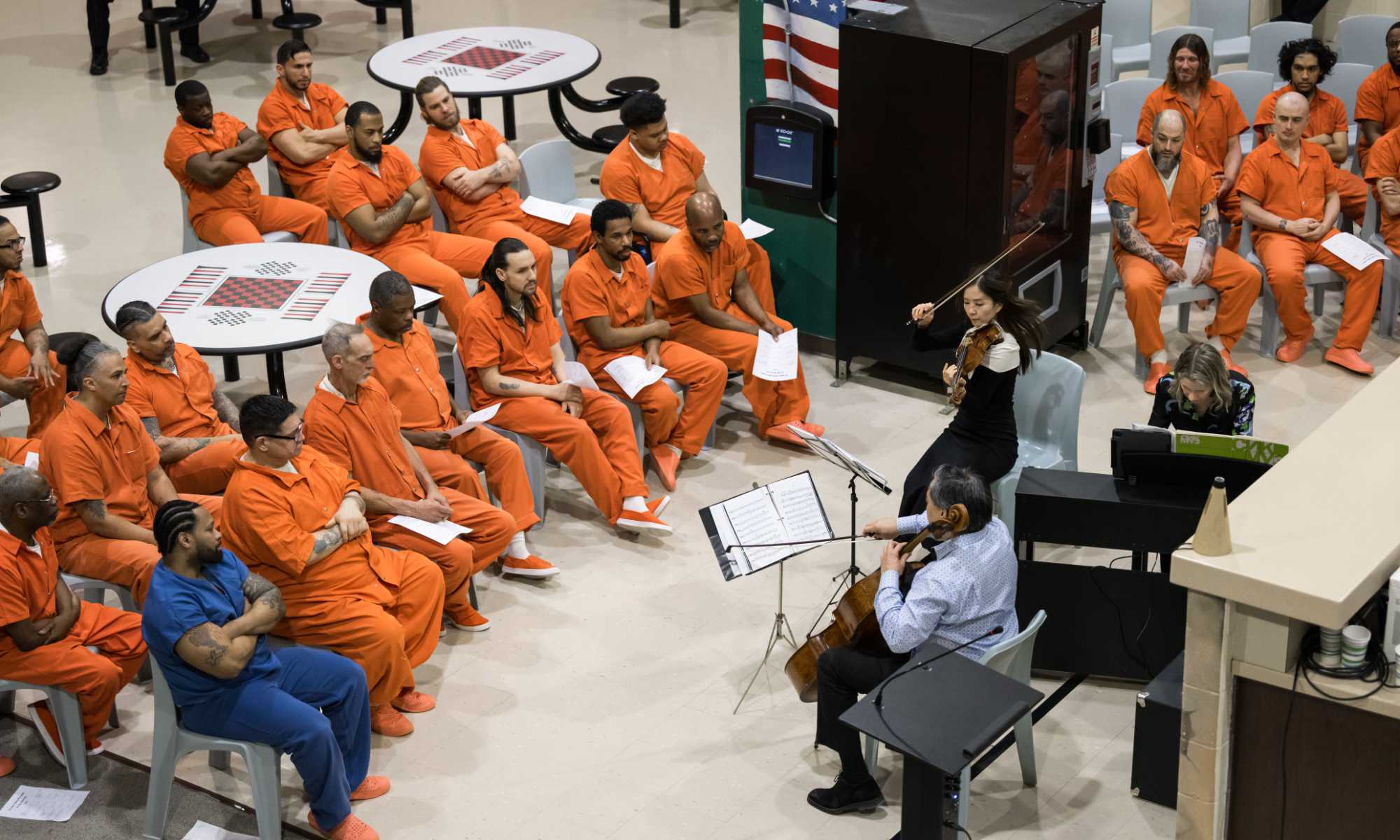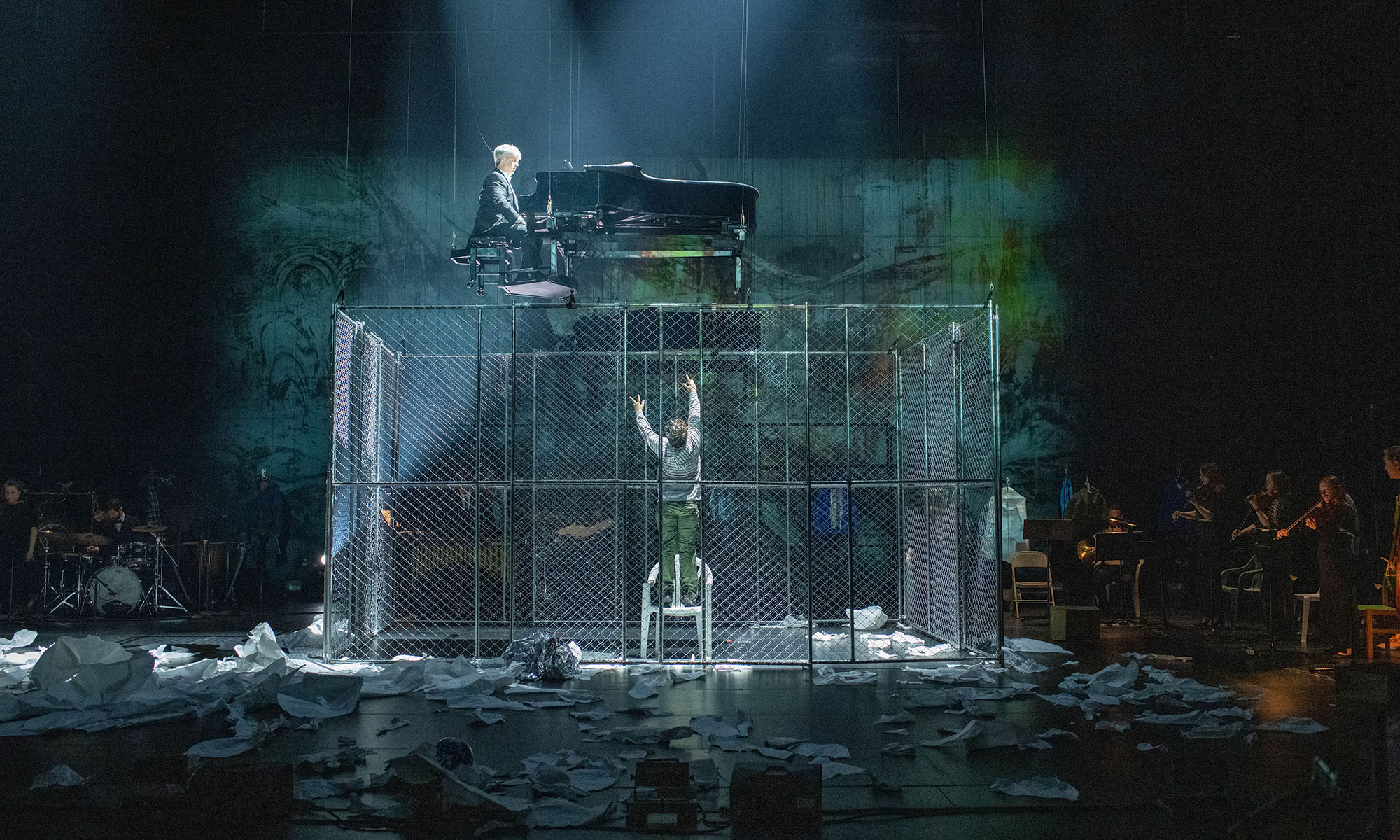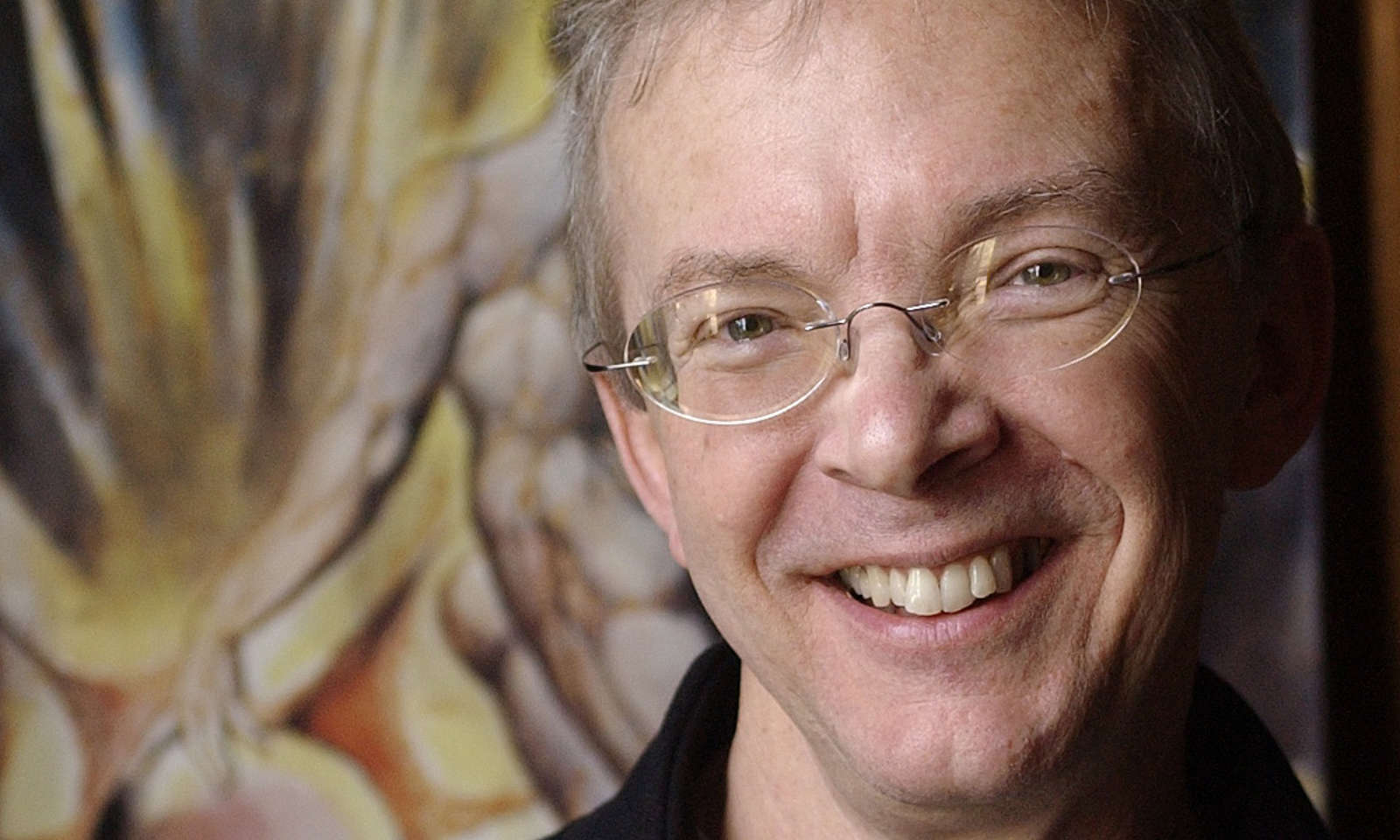
Untitled, from the series ‘Time Persists’
1932, printed no later than 1943.
Gift of L. Ann and Jonathan P. Binstock in honor of Marisol and Moreton Binn.
Though the Memorial Art Gallery doesn’t actively collect photography, its curatorial team has brought in a rare and powerful portfolio. Modern Czech Photography, which includes work by several giants in the history of modernism, reflects a concerted effort to use new imagery, materials, and techniques to portray the realities and hopes of modern societies—at a time, during the Nazi occupation of Czechoslavakia, when modern art was illegal.
The portfolio, on exhibit beginning December 13, features 10 works by masters such as Josef Sudek, known as the “Poet of Prague” for his atmospheric back-and-white portraits of his adopted home; and Jaromír Funke, who experimented with light and shadow in his highly composed and somewhat abstract still lifes.
“These artists were avant garde in the way they saw photographic pictures as opportunities to be formally adventuresome, to complicate how we see the world,” says Jonathan Binstock, the Mary W. and Donald R. Clark Director of the Memorial Art Gallery. Binstock recently donated the body of work, which had been a gift from his father. “This idea of an abstract aesthetic being cultivated through photography was really advanced for the time.”
Their work remained largely unknown throughout World War II, and during the Soviet domination of Czechoslovakia and the Eastern Bloc following the war. Once the so-called Velvet Revolution of 1989 brought an end to the communist regime, however, awareness of the distinctive art traditions of what now is called the Czech Republic quickly flourished.
Institutions including the Getty Research Institute in Los Angeles and the Olomouc Museum of Art in the Czech Republic also house examples of modern Czech photography in their permanent collections.
The portfolio had only eight of the original 10 photographs when it was acquired by Binstock, who located and then added the remaining prints.
Of his decision to donate the works to the museum, he says, “The portfolio deserves a broader audience.”
—Robin L. Flanigan



